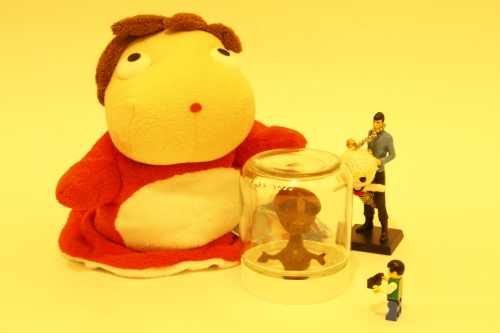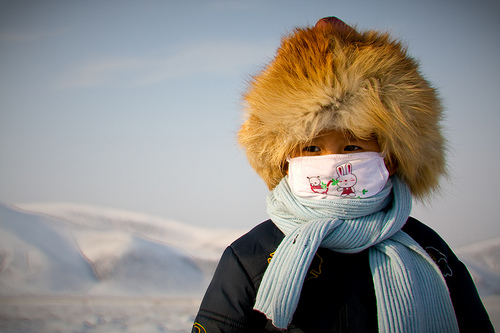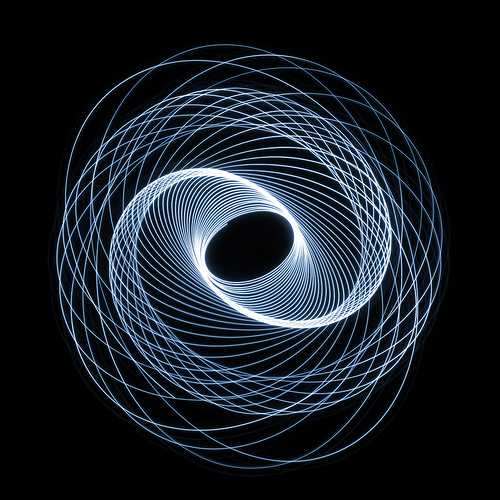Ensuring your photos have a clear concept
A good way to create a strong photo is to make sure that the photo has focus. I don't mean 'focus' as in the photo should be in focus (though that is normally a good idea!), but rather that there is a clear message or theme to the photo.
A good photo should convey a concept or feeling that ideally can be summed up in one word. Though an image may have several different single words that can be used to describe it. For example, the photo below could be described as 'relaxing', 'serene', 'calm'.

Chillin' in Mono Lake by *~Dawn~* on flickr (licensed CC-BY)








